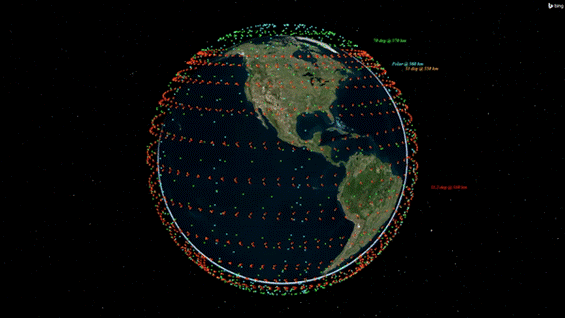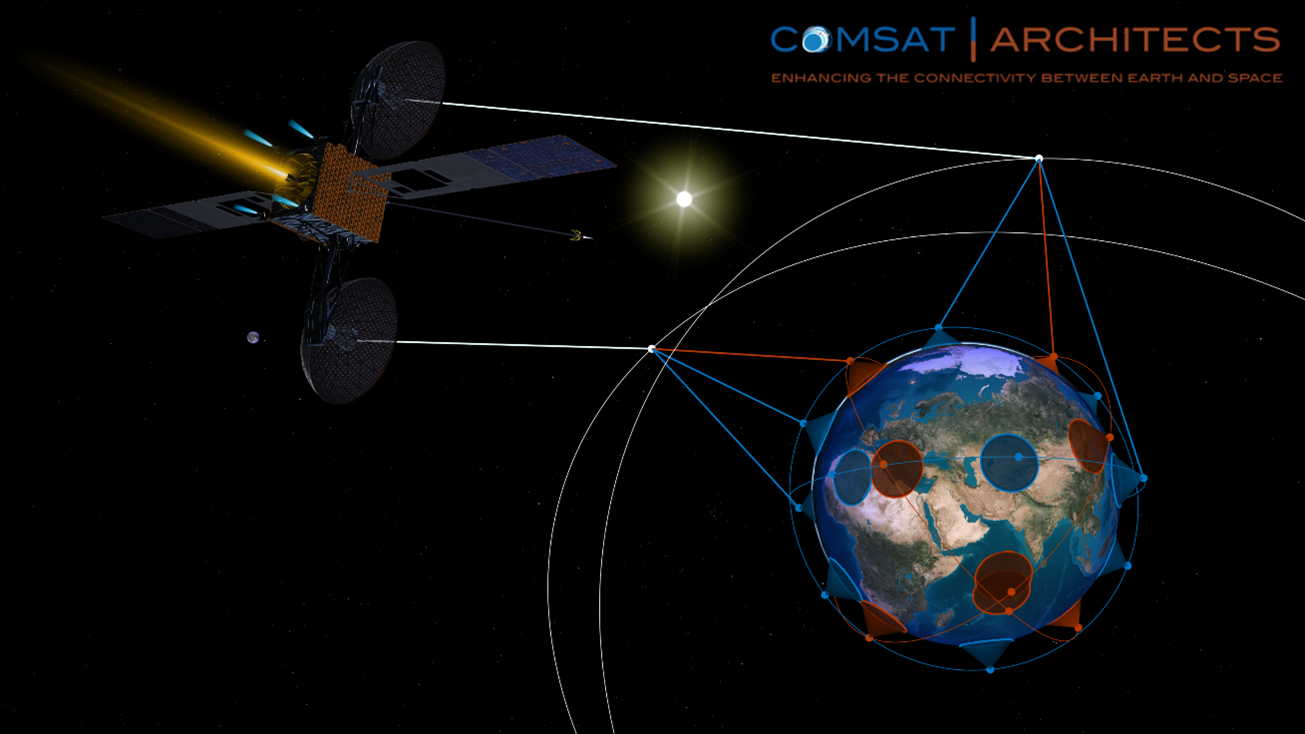For decades, space missions have played a crucial role in enabling the exploration of the cosmos and advancing scientific knowledge, significantly impacting the lives of countless individuals on Earth. But for any space mission to be successful, mission planners must meticulously progress through multiple phases of careful planning and preparation. Many activities take place during these phases, such as concept development, modeling and simulation, emulation, and testing both on the ground and in space – all of which takes years and sometimes decades.
As mission concepts are developed and implemented, simulation is considered a crucial step that provides many benefits – such as supporting mission design and instrument hardware selection, modeling a realistic mission environment, and determining the orbit trajectory and network operations – that ultimately reduce the mission risk, accelerate the development process, and provide significant cost savings.
The continuous advancements in space communications technologies and the uniqueness of each space mission introduce significant challenges that simulation can help overcome. Some of these challenges include the emergence of non-geostationary (NGSO) relay satellites, complex ground infrastructure, multi-spacecraft missions, software defined components, optical communications, increase in mission data needs, space traffic management, and the rise of mega constellations with thousands of satellites in orbit, to name a few.
To support mission and network planning, Comsat Architects delivers modeling and simulation support to a variety of government and commercial customers, contributing to the success of their missions and projects. We employ a mix of commercially available and proprietary tools to meet our customers’ needs. Missions with different objectives have various concepts of operations, operational orbits, and data needs, making simulation critical to realistically understand the mission environment.
Whether the mission is in Earth’s proximity, the Lunar environment, or deep space, we provide an extensive suite of simulation services including the following:
- Modeling and communications hardware
- Mission coverage analysis
- Space and ground network simulation
- Analysis of communication link performance
- Interference modeling
- Assessing the impact of atmospheric and space conditions on spacecraft operations

Our simulation capabilities also provide the foundation for developing and testing novel space technologies such as network traffic management algorithms, beamforming and beam shaping, spectrum allocation and interference, and complex antenna design, as well as the implementation of Artificial Intelligence (AI) and Machine Learning (ML) applications across the different layers of communication networks and spacecraft applications.
Driven to enable further scientific discovery and human exploration, we are constantly evolving our modeling and simulation capabilities to support more missions and make access to space easier than ever for our current and future customers. For more information about our simulation capabilities, visit our Services page or contact us at info@comsat-architect.com.




